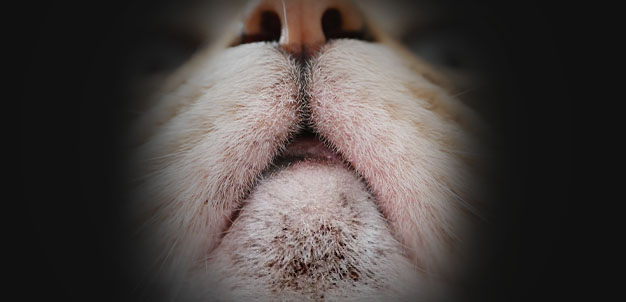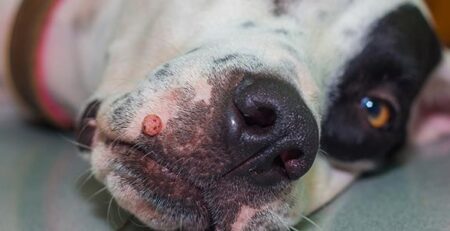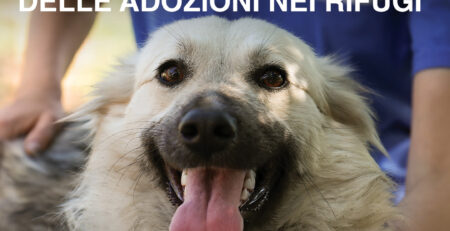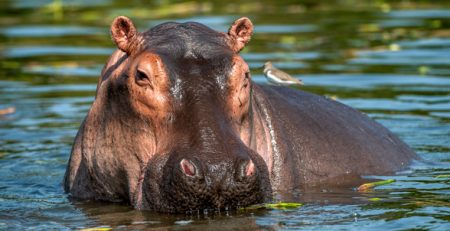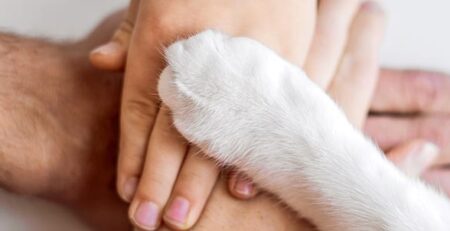Table of Contents
Feline acne is an inflammation of the sebaceous glands located around the cat’s muzzle.
It can appear at any age, as early as a few months of age to more than 10 years.
There is no real cause, but certain situations can affect the appearance of acne on a cat’s chin.
Feline acne is a fairly common and not serious phenomenon that, however, if neglected, can degenerate into a full-blown infection
It is basically an inflammation of the sebaceous glands due to an alteration of the normal epidermal balance.
Sebaceous glands have the function of producing and releasing sebum.
Sebum is a thick, oily substance that serves to protect the skin and keep it hydrated.
In some cases, it may happen that these glands produce too much sebum or it can no longer get out, so it gets trapped inside the follicle, clogging it.
This phenomenon becomes visible on the outside precisely with the formation of classic blackheads, more accurately defined as “
blackheads
“.
Blackheads are small blackish formations, similar to blackheads found on people’s faces
They can remain at this stage or bacteria can settle there.
In this case, nodules, papules, and pustules may form from which purulent material may leak out.
The skin of the chin appears reddened, thickened, and crusty and may exude pinkish fluid.
What are the causes of cat acne?
Unlike human acne, feline acne is not associated with adolescence and hormonal status.
In cats, feline acne can appear at any age, as young as a few months old to more than 10 years.
Certain situations can influence the occurrence of the problem, and among them we find mainly:
- Excessive sebum production
- Stress
- Food allergies and intolerances
- Plastic allergy
- Infections by fungi
- Presence of parasites
- Hormonal imbalances
The diagnosis of feline acne
The symptoms of feline acne can be similar to more serious situations such as ringworm infections, skin mites, or even a fungal yeast infection.
Only the Veterinarian can confirm the diagnosis, first ruling out other possibilities and evaluating the cat’s overall health.
In more severe cases, where the skin is red and sore, your Veterinarian may decide to perform a biopsy and then evaluate the appropriate treatment for the case.
Treatment for feline acne varies according to the severity of the problem
In the presence of simple blackheads, you should disinfect the chin and perform gentle washes, following your Veterinarian’s instructions and using only prescribed products.
For more severe cases, where there is pus or infected wounds, the Veterinarian may also prescribe additional treatments:
- oral antibiotics
- antibiotic ointments for topical use
- Corticosteroids to calm inflammation
Never use human products or medications on your cat without first consulting your Veterinarian.
How to prevent feline acne
Just as in humans, cats can develop acne due to food allergies and intolerances.
Plastic bowls, for example, contain high levels of bacteria and can contribute to triggering feline acne.
Steel or ceramic bowls are recommended for this, and it is also important to wash them frequently.
If you suspect your cat is suffering from chin acne, consult us immediately to start treatment now and prevent secondary infections.
In this regard, we would like to remind you that our Staff Veterinary Doctors are at your disposal and that Clinica La Veterinaria is always open daily h24 including holidays and with Emergency Service from 8 pm to 8 am.
For the joy of seeing them HAPPY

